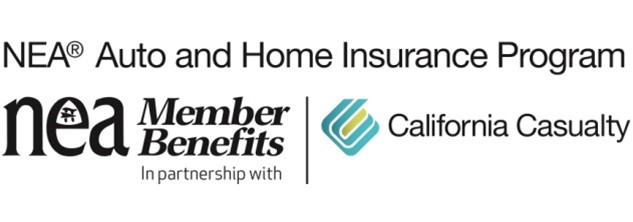While we’ve been shut in our homes for months, many people have taken the opportunity to clean, organize, and purge.
Before stowing your supplies, go through the checklists below to finish your spring cleaning (inside and out) before the lazy days of summer hit. You’ll also find tips for recycling or donating items like clothing, shoes, housewares and even leftover paint!
Spring Cleaning Indoors
You know the drill: dust and wipe down all surfaces. Vacuum and mop floors; clean carpets and rugs as needed. Disinfect light switch covers, doorknobs, and handles throughout your home. Expert tip: clean one room at a time before moving to the next. And try to hit these extras—they’ll make a huge difference:
- Kitchen. Organize pantry and cupboards. Defrost and clean the freezer. Toss expired food. Sharpen knives and give your pots and pans a deep clean. Don’t forget the oven (inside and underneath).
- Bedrooms. Vacuum, rotate, and flip mattresses.Launder all bedding—including pillows!
- Living areas. Clean the fireplace and hearth. Launder curtains and drapes. Vacuum sofas and under cushions, and wash cushion covers. Change the batteries in smoke detectors and carbon monoxide detectors.
- Laundry room. Clean appliances—underneath and even inside. Clean dryer lint trap and vent.
- Bathrooms. Clean toilet lid hinges and bolt covers on the toilet base. Clean exhaust fan. Check expiration dates on medications and dispose of safely.
- Garage. Get rid of unwanted items and re-organize what you want to keep. Sweep, wash and degrease the floor—and repair any cracks to extend the life of the concrete. Inspect your garage door, including weather stripping and the door track hardware.
- Basement. Declutter and re-organize items. Vacuum and wash vents. Check for and treat any mold or mildew.
Spring Cleaning Outdoors
Backyards and home exteriors, often forgotten, also benefit from spring cleaning love. The following not only increase the beauty quotient but enhance safety and prevent damage.
- Gutters. Clean out debris and check for cracks, gaps, or sagging.
- Patio furniture. Scrub furniture clean with the appropriate cleaning solution. Hose off and let dry in the sun. Brush off and wash outdoor cushions.
- Deck. Sweep, scrub, and powerwash. Inspect for and repair any rotting word, chips in concrete or rusted metal.
- Trees. Trim low-hanging limbs or any that risk damaging your house.
- Lighting. Replace bulbs as needed. Clear fixtures of cobwebs and insects, and clean inside and out.
- Windows. Wash windows inside and out. Gently brush and wipe down screens (remove if necessary to deep clean). Remove, wash, and store any storm windows.
- Grill. Check all connections and functions. Give the grill a thorough scrubbing and replace propane tanks if needed.
- Outdoor surfaces. Powerwash the siding around your home. Check driveways, sidewalks, retaining walls, and walkways for damage or safety hazards.
Where You Can Donate
You’ve purged and cleared the clutter—inside and out. What to do with all that stuff you’ve bagged up or set aside to get rid of? Besides the local donation stand-bys, try apps like NextDoor or Freecycle to donate usable items to folks in your neighborhood. Here are other ideas for some common items.
- Dress suits — To donate business wear to those newly unemployed and seeking work, check out Dress for Success, Alliance of Career Development Nonprofits, or local organizations.
- Old running shoes — Nike’s Reuse-A-Shoe program keeps athletic shoes out of the landfill—and turns them into new running surfaces.
- Linens — Many animal shelters welcome used towels and blankets for their 4-legged residents.
- Leftover paint — Many organizations can use your (non-expired) leftover paint. Try Habitat for Humanity, local shelters or churches, and community organizations that work with kids (and hence, have projects!)
- Hazardous materials — Drain cleaner, antifreeze, motor oil and other toxic chemicals can be dropped off or collected by your local waste management agency, or the nationwide company Waste Management, which serves most U.S. municipalities.
- Lumber scraps – Untreated wood (along with tree trimmings!) can be composted. Wood that’s painted, treated, or varnished, unfortunately, must go to the landfill. Remember not to burn it, as that releases toxic chemicals.
A freshly scrubbed home and yard will make every day relaxing and summer barbeques all the more enjoyable. And you’ll feel better knowing your used items helped out neighbors in need.
California Casualty has been serving the needs of educators since 1951 and is the only auto and home insurance company to earn the trust and endorsement of the National Education Association (NEA). Learn how to save on your insurance by getting a quote at www.neamb.com/autohome, or by calling 1.800.800.9410.

